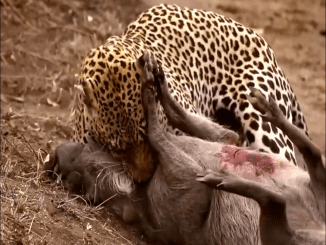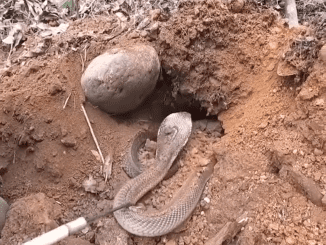Rattlesnakes, reptiles famous for their terrifying calls from their characteristic vibrating tails, used to be one of the most feared killers in the animal kingdom. However, with changes in their habitat and increasing competition in the wild, rattlesnakes are gradually changing from hunters to prey for many other predators.
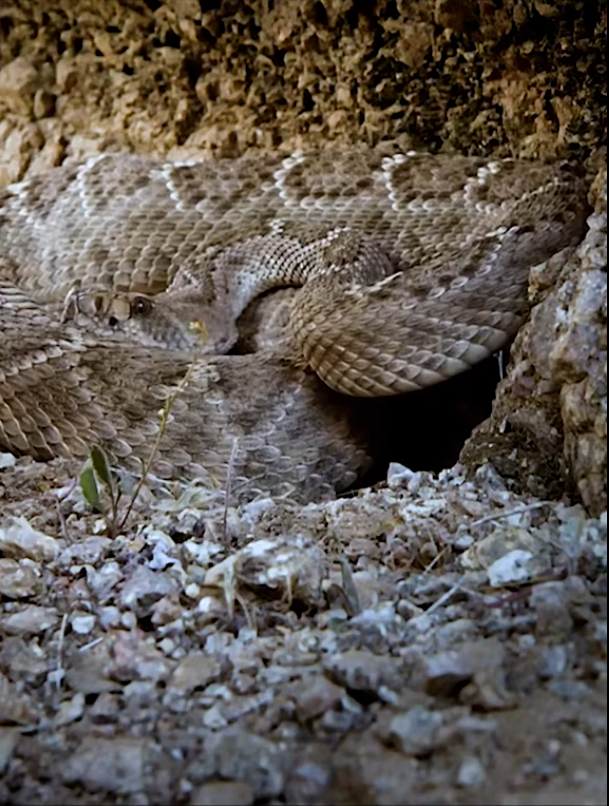
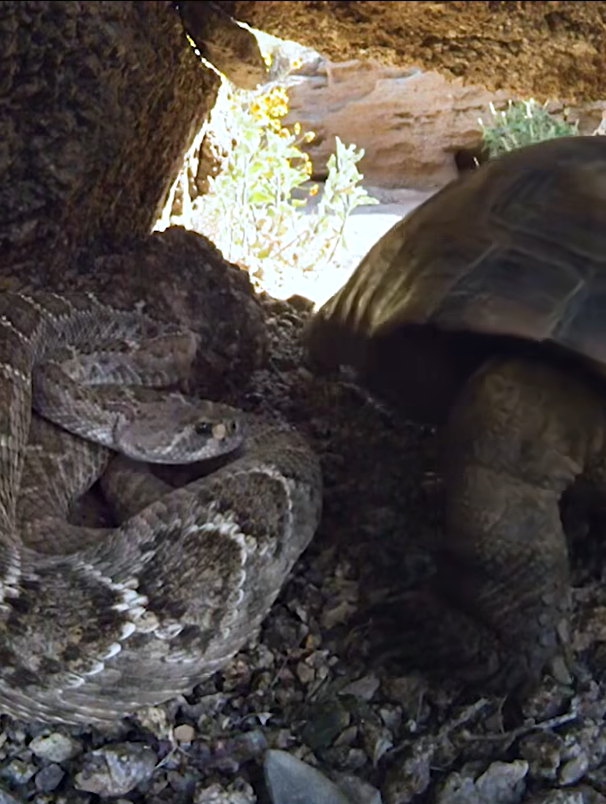
- Characteristics and hunting habits of rattlesnakes
Rattlesnakes belong to the viper family, with about 30 species widely distributed throughout the Americas, from North America to South America. This species is famous for its impressive hunting ability: they have strong venom, a hunting mechanism based on heat sensors, and the ability to stalk extremely patiently to take down prey. However, these very characteristics also make rattlesnakes easy to detect and attack by other predators. - From Predator to Prey
With the shift in the food chain and the rise of new predators, rattlesnakes are facing new enemies and more pressure to survive than ever before. Species such as eagles, skunks, and even some other snakes have come to see rattlesnakes as a potential food source.
Eagles and large birds of prey: Birds such as eagles have superior vision and the ability to observe from above, allowing them to detect rattlesnakes from a distance and swoop down unexpectedly. They not only avoid the dangerous bite of this snake, but also quickly subdue their prey and use their sharp beaks to tear the snake’s flesh.
Skunks: Although omnivorous, skunks are famous for their immunity to many types of venom, including rattlesnakes. They can deal with the snake’s quick attack and kill this prey easily.
Other snakes: Some larger snakes, such as king snakes, are also capable of killing and swallowing rattlesnakes. King snakes are not affected by rattlesnakes’ venom, making them one of the most significant threats to the species.
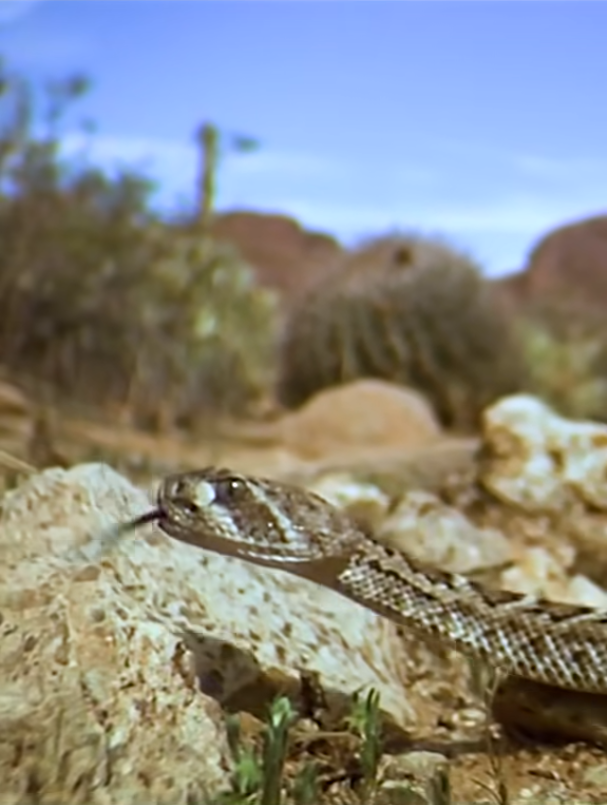
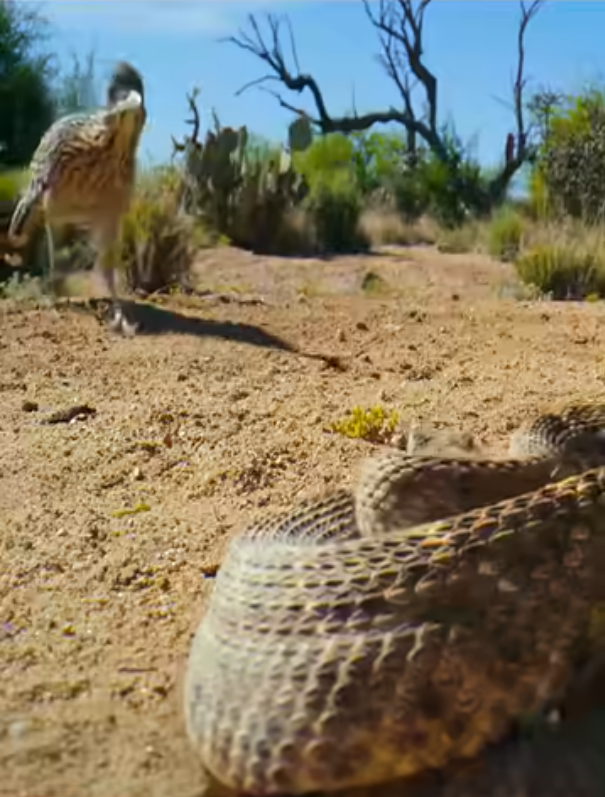
- Causes and effects of change
The change from predator to prey of rattlesnakes comes from a number of factors:
Habitat encroachment: Human expansion into forested and desert areas has deprived rattlesnakes of their natural habitat, forcing them to move to less safe areas where they are more easily detected by predators.
Climate change: Rising temperatures are forcing snakes to change when and how they hunt, which increases the risk of encountering other predators in their habitat.
Ecological imbalance: With the disappearance or decline of some other predators, the predation pressure is on rattlesnakes, making them increasingly targeted in the food chain.
- Adaptability and coping ability of rattlesnakes
Despite facing many challenges, rattlesnakes also have ways to adapt to protect themselves. The vibrating tail is one of the mechanisms to warn opponents to stay away, and at the same time helps them attract the attention of prey during hunting. In addition, this species also tends to be active at night when the number of predators is lower, to avoid encountering predators that are active during the day.
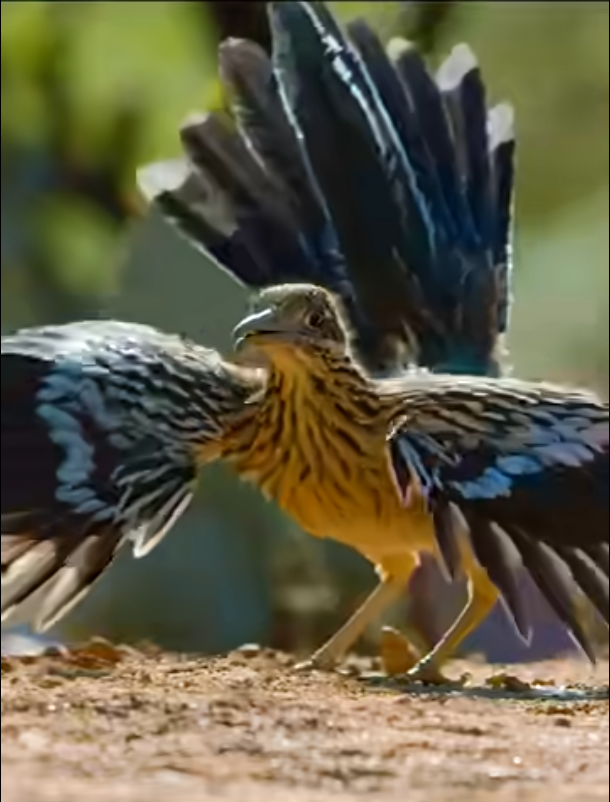
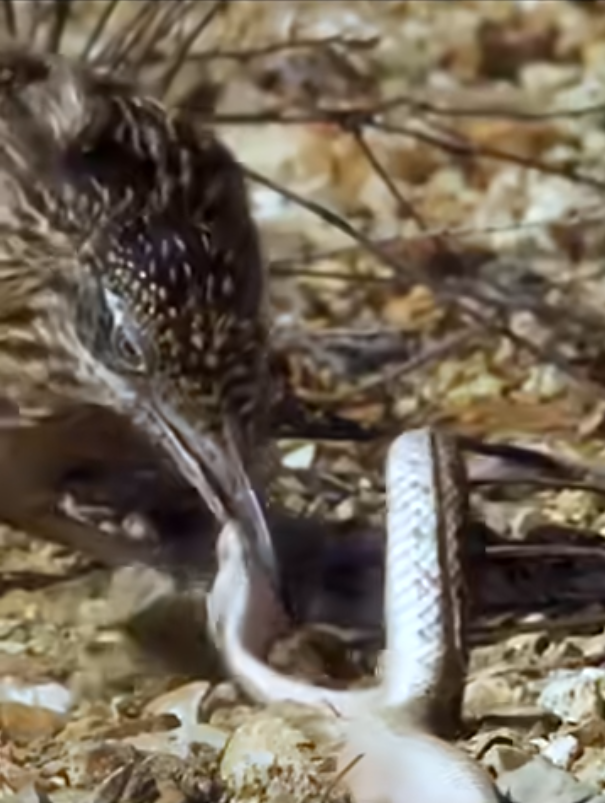
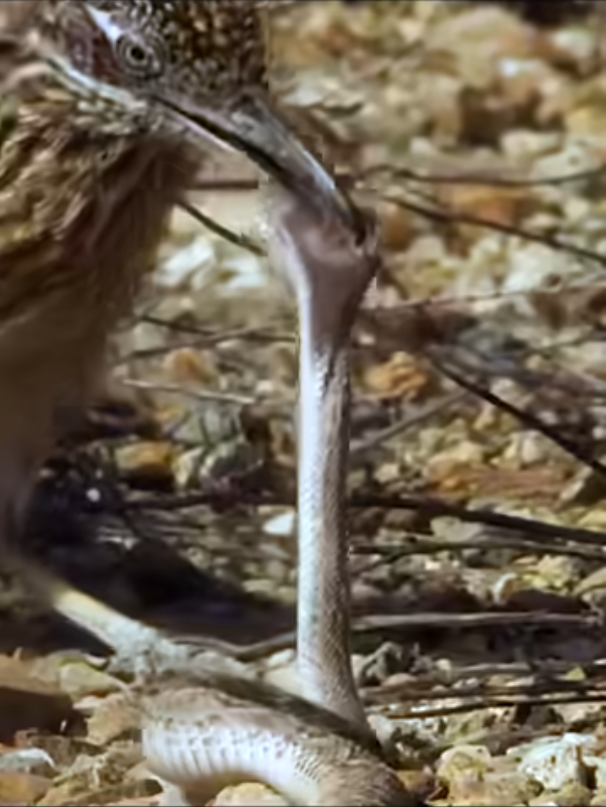
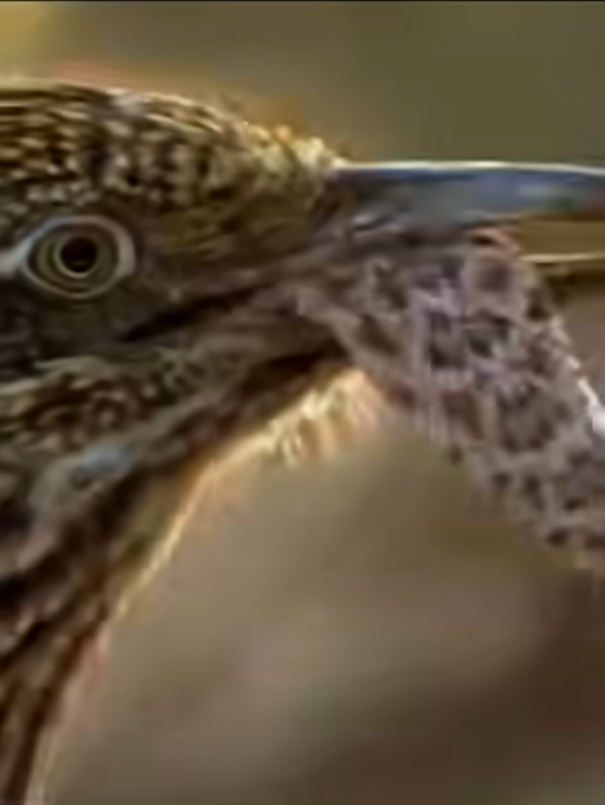
- What is the future for rattlesnakes?
With the constant change of the environment and the threat from other predators, rattlesnakes are gradually having to adapt to a new role in the food chain. Without conservation measures and protection of natural habitats, rattlesnakes may continue to face a decline in numbers. However, with a strong survival instinct, this species still has the opportunity to overcome challenges and regain its position in the ecosystem.
Conclusion
The story of the rattlesnake from predator to prey is a clear example of the constant change of nature. In the animal world, no position is absolute, and only species with high adaptability can survive. With its flexibility and ability to survive, despite many challenges, the rattlesnake continues to be one of the special and remarkable species in the animal world.

